This article was co-authored by Claudia Carberry, RD, MS and by wikiHow staff writer, Janice Tieperman. Claudia Carberry is a Registered Dietitian specializing in kidney transplants and counseling patients for weight loss at the University of Arkansas for Medical Sciences. She is a member of the Arkansas Academy of Nutrition and Dietetics. Claudia received her MS in Nutrition from the University of Tennessee Knoxville in 2010.
There are 14 references cited in this article, which can be found at the bottom of the page.
This article has been viewed 26,160 times.
Are you switching to a low-fructose diet? Sticking with low-fructose foods is a great and effective way to combat fructose intolerance and/or GI issues like IBS—best of all, it’s totally doable. Read on for plenty of tips, tricks, and suggestions to help you cut fructose from your day-to-day meals and snacks.
Things You Should Know
- Eat fruits and veggies in moderation, and stick to options that are low in fructose such as bananas, strawberries, avocados, and spinach.
- Avoid foods with lots of added sugars. These include sugary cereals, flavored yogurts, and many pre-made sauces and condiments.
- Eat bread that is gluten- and wheat-free. Rice bread, potato bread, and spelt sourdough are all good options.
- Choose sugar-free drinks and avoid alcohol.
Steps
Warnings
- Steer clear of any foods or beverages with “sorbitol” included on the ingredients list. Sorbitol is a sugar alcohol that can worsen digestive symptoms for some, so it’s best to avoid it altogether.[28]⧼thumbs_response⧽
References
- ↑ https://www.albertahealthservices.ca/assets/info/nutrition/if-nfs-eating-foods-w-less-fructose.pdf
- ↑ https://www.ncbi.nlm.nih.gov/pmc/articles/PMC3934501/
- ↑ https://med.virginia.edu/ginutrition/wp-content/uploads/sites/199/2014/04/Low-Fructose.pdf
- ↑ https://www.ncbi.nlm.nih.gov/pmc/articles/PMC3934501/
- ↑ https://www.ncbi.nlm.nih.gov/pmc/articles/PMC3934501/
- ↑ https://med.virginia.edu/ginutrition/wp-content/uploads/sites/199/2014/04/Low-Fructose.pdf
- ↑ https://www.heart.org/en/healthy-living/healthy-eating/add-color/fruits-and-vegetables-serving-sizes
- ↑ https://www.heart.org/en/healthy-living/healthy-eating/eat-smart/sugar/added-sugars
- ↑ https://health.clevelandclinic.org/how-to-pick-a-healthy-cereal/
- ↑ https://www.ibsdiets.org/fodmap-diet/fodmap-food-list/
- ↑ https://health.clevelandclinic.org/what-is-fructose-intolerance/
- ↑ https://www.ibsdiets.org/fodmap-diet/fodmap-food-list/
- ↑ https://gi.org/topics/low-fodmap-diet/
- ↑ https://cdn.wchn.sa.gov.au/downloads/WCH/hospital-services/nutrition/children/conditions/low-fructose-diet-for-children-fact-sheet.pdf
- ↑ https://gi.org/topics/low-fodmap-diet/
- ↑ https://cdn.wchn.sa.gov.au/downloads/WCH/hospital-services/nutrition/children/conditions/low-fructose-diet-for-children-fact-sheet.pdf
- ↑ https://cdn.wchn.sa.gov.au/downloads/WCH/hospital-services/nutrition/children/conditions/low-fructose-diet-for-children-fact-sheet.pdf
- ↑ https://www.ncbi.nlm.nih.gov/pmc/articles/PMC3934501/
- ↑ https://gi.org/topics/low-fodmap-diet/
- ↑ https://www.ibsdiets.org/fodmap-diet/fodmap-food-list/
- ↑ https://health.clevelandclinic.org/what-is-fructose-intolerance/
- ↑ https://gi.org/topics/low-fodmap-diet/
- ↑ https://www.mayoclinic.org/fructose-intolerance/expert-answers/faq-20058097
- ↑ https://health.clevelandclinic.org/avoid-the-hidden-dangers-of-high-fructose-corn-syrup-video/
- ↑ https://www.ncbi.nlm.nih.gov/pmc/articles/PMC2746720/
- ↑ https://med.virginia.edu/ginutrition/wp-content/uploads/sites/199/2014/04/Low-Fructose.pdf
- ↑ https://med.virginia.edu/ginutrition/wp-content/uploads/sites/199/2014/04/Low-Fructose.pdf
- ↑ https://www.uofmhealth.org/health-library/aa113455
About This Article
To avoid fructose, read food labels very carefully. Avoid products with high-fructose corn syrup, honey, agave nectar, inverted sugar, maple syrup, molasses, palm or coconut sugar, sorghum, or sorbitol. Look for low-sugar dairy products, fruits, vegetables, and snacks. Avoid ready-made products and food with added sugar. If you have fructose malabsorption or hereditary fructose intolerance, talk with a doctor about specific health needs. For more advice from our reviewer on changing your diet, scroll down!
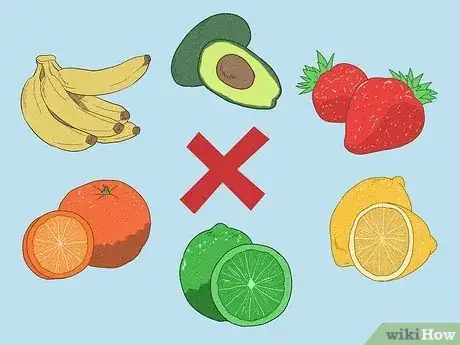

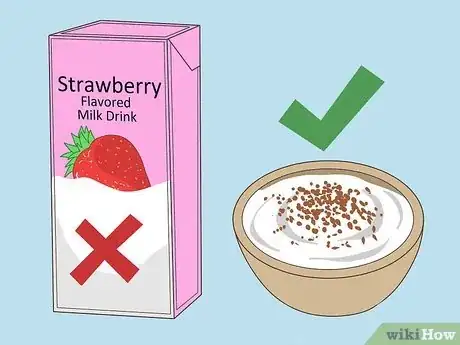
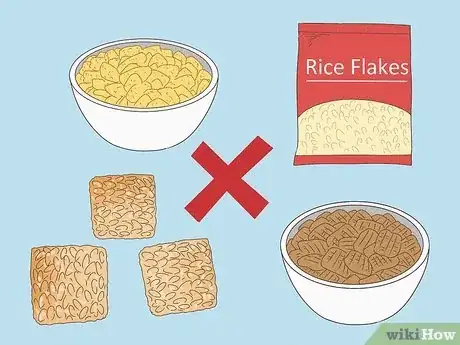
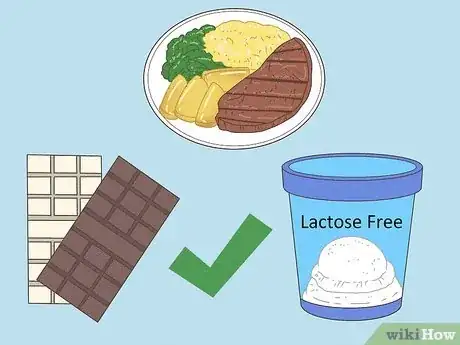
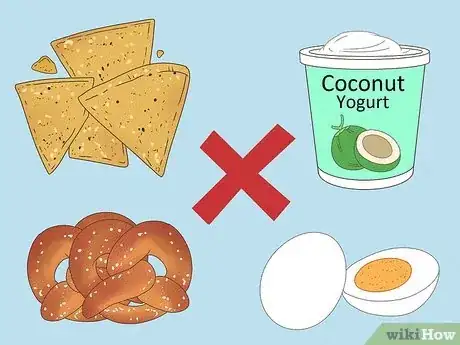
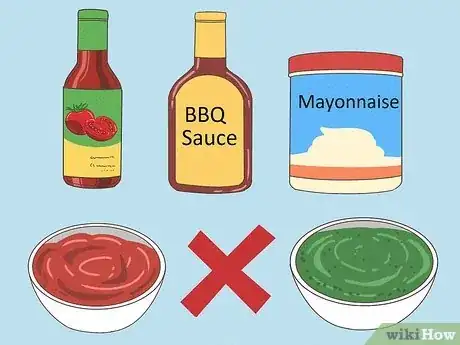
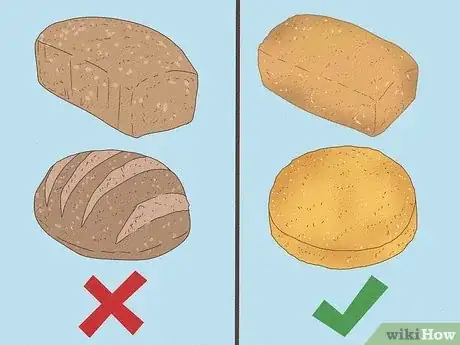
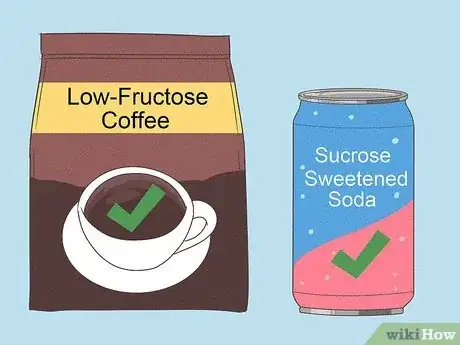
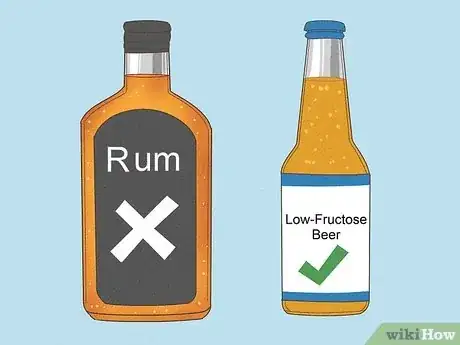
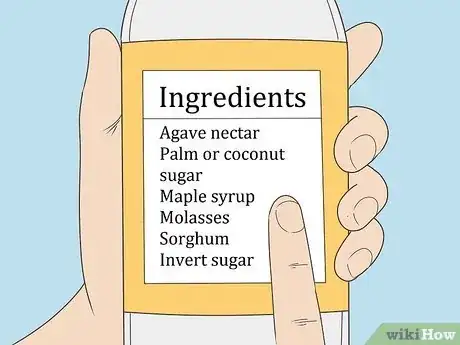
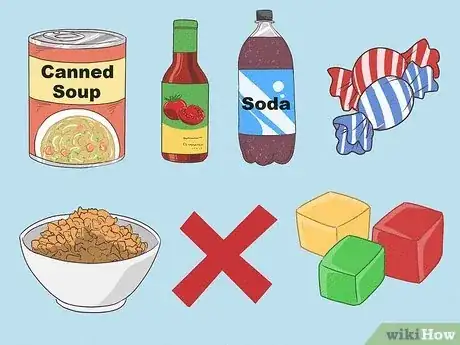
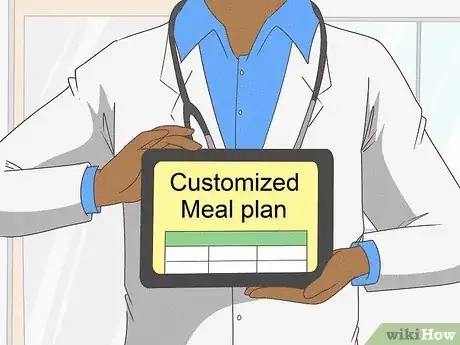
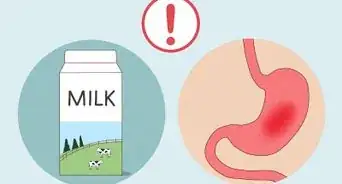
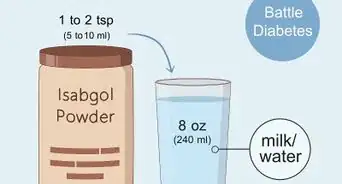


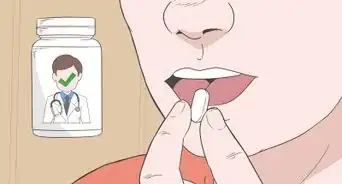


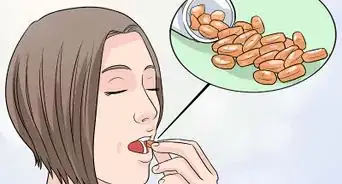
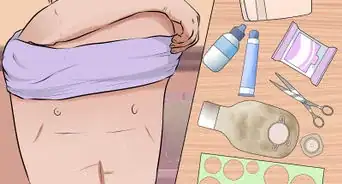




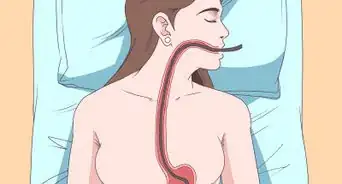







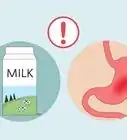
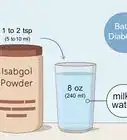





































Medical Disclaimer
The content of this article is not intended to be a substitute for professional medical advice, examination, diagnosis, or treatment. You should always contact your doctor or other qualified healthcare professional before starting, changing, or stopping any kind of health treatment.
Read More...